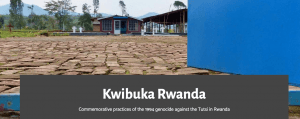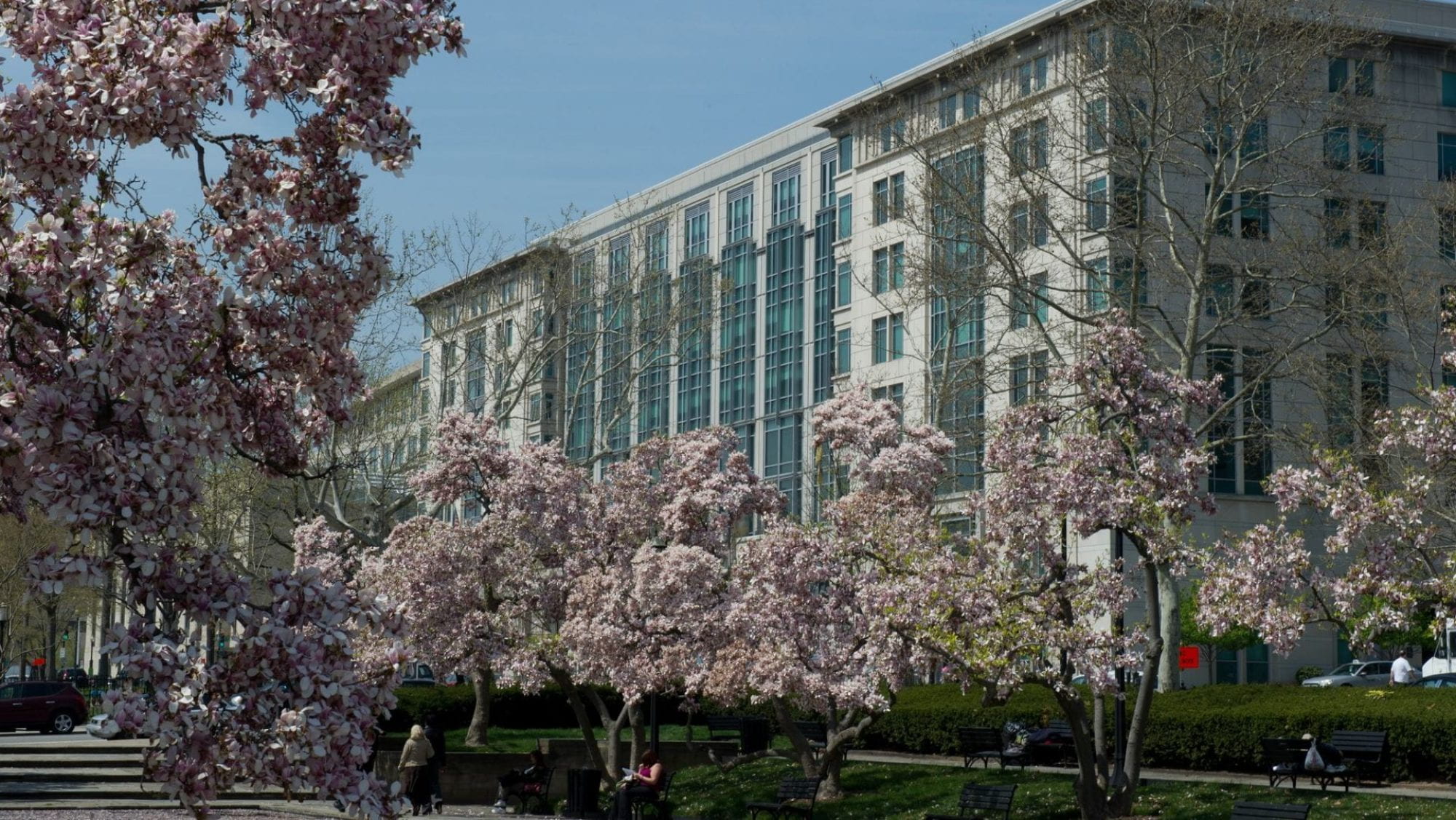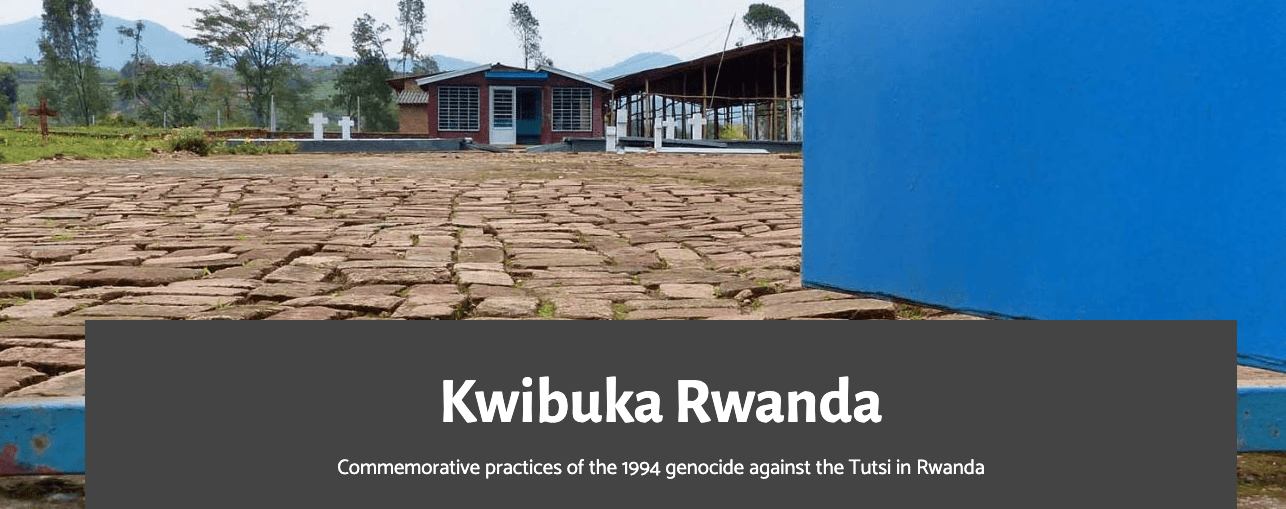 This month marks the 25th anniversary of the 1994 genocide against the Tutsi in Rwanda, where more than 1 million people lost their lives in just 100 days.
This month marks the 25th anniversary of the 1994 genocide against the Tutsi in Rwanda, where more than 1 million people lost their lives in just 100 days.
A photo exhibition called, “Kwibuka Rwanda: Commemorative practices of the 1994 Genocide against the Tutsi in Rwanda,” currently on display in the Elliott School’s second-floor atrium reflects on the genocide, telling stories of survivors’ loss and trauma.
“[The exhibit] is a space for reflection, recollection, meditation and communication in which survivors share stories and memories of often immense pain and loss with extraordinary generosity, trust and faith in the capacity of the viewer to empathize, and ultimately — one hopes — to act in solidarity with survivors and in affirmation of their human rights, particularly their right to reparative justice,” said Dr. Noam Schimmel, visiting associate professor of ethics and international affairs at the Elliott School.
The exhibit also gives voice to those who work at genocide memorials, where they honor the dead by cleaning and preserving their remains. It raises awareness and understanding of the way Rwandans commemorate and memorialize their dead, showing how survivors are rebuilding their lives through creativity and resilience. Additionally, it demonstrates survivors’ determination to come to terms with a violent past, and the role genocide memorials and human remains have played in this process.
Based on Dr. Julia Viebach’s research on memory and justice in Rwanda over a five-year period from 2009 and 2014, the exhibit was curated in consultation with members of the Ishami Foundation, the Rwandan community in Oxford, the Pitts Rivers Museum and the Kigali Genocide Memorial.
“I hope that this exhibition can be an educational opportunity to promote understanding of and empathy for the suffering of ‘the other’ in times of heightened xenophobia and fear of otherness and difference,” Viebach said.
Albert Gasake, a survivor of the Rwandan genocide and attorney with the Rwanda Bar Association, also spoke about the legacy of the genocide at GW’s Textile Museum on Wednesday, April 3.

